- Established 1982 -HOME: www.hiltonpond.org
THIS WEEK at HILTON POND Subscribe for free to our award-winning nature newsletter (Back to Preceding Week; on to Next Week) |
All text, maps, charts & photos © Hilton Pond Center NO, NO, NANDINA Let's suppose you're looking for an eye-pleasing, readily available, inexpensive, easily grown shrub to liven up your winter landscape. When you peruse garden catalogs an evergreen plant with bright crimson berries and shiny emerald leaves that turn purple in cold weather catches your attention. You'd probably be tempted to order some of these amazing shrubs right away and install them along the foundation of your home or in backyard borders. After all, the plant is revered by the Chinese as "Heavenly Bamboo" and even appeared in a 1690 painting on silk (above, with yellow Wax Plum blossoms) by Qing Dynasty master Ma Yuanyu. But what if you also learned the shrub--"heavenly" or not--had these OTHER, less admirable characteristics?
All text, maps, charts & photos © Hilton Pond Center As a conscientious, environmentally savvy homeowner you'd almost certainly change your mind after considering all these drawbacks and find an alternative plant. Unfortunately, not everyone shares your enlightened view--especially landscapers and developers wanting a quick fix to make properties more attractive. And that's why the highly vaunted but equally despised "Heavenly Bamboo" (also known as Nandina domestica, above) has become a nearly omnipresent vegetational scourge across much of the eastern United States. Almost everybody plants it, all the big box garden centers carry it without warnings, and it didn’t help that none of non-native Nandina's co-evolved natural controls weren't imported with it. (This may actually be a good news/bad news situation, since such non-native controls might cause unforeseen problems of their own).
All text, maps, charts & photos © Hilton Pond Center Nandina is indeed called "Heavenly (or Sacred) Bamboo," supposedly because straight, erect stems in mature specimens (above) vaguely resemble a bamboo. (More later about its actual taxonomy.) The species was introduced from the Far East to North America as an "ornamental godsend" 'way back in 1804. It even predates many other environmentally catastrophic Asian imports including Japanese Honeysuckle (1806), Purple Loosestrife (1814), Chinese Wisteria (1816), Japanese Knotweed (1825), Chinaberry and Japanese Wisteria (1830), Royal Paulownia (~1840), Chinese Privet (1852), Multiflora Rose (1866), Japanese Barberry (1875), Kudzu (1876), and Amur Honeysuckle (1897). Among the most pernicious invasives, only Mimosa (1745), Tatartian Honeysuckle (1752), and Ailanthus (1784) came in before Nandina.
All text, maps, charts & photos © Hilton Pond Center A few of these Asian species entered North America accidentally as seeds, but most were intentionally imported because of sought-after flowers, fruit, or foliage--back before horticulturists and plant ecologists understood how non-native species can drastically upset natural balance. Now in this country for nearly 220 years, Nandina has had ample opportunity to demonstrate just how extensively an invasive plant can infiltrate native ecosystems, to the point where it can be found smothering otherwise natural habitats like the Piedmont woodland in the photo above. And smother it does. The U.S. Department of Agriculture reports "High densities [monocultures] of sacred bamboo occur in [such diverse habitats as] upland hardwood and mixed forests in northern Florida, floodplain forests in Georgia, and slope woodlands in Texas." That's a significant incursion that causes major environmental upset.
All text, maps, charts & photos © Hilton Pond Center Although truly invasive in subtropical and coastal areas of the Southeast (and California), Nandina does escape from cultivation in other mildly temperate areas and is predicted to become problematic much further north as climate warms. (The map above shows current U.S. county-by-county distribution of established Nandina populations in dark blue, with difficult infestations in light blue. Nandina also has become naturalized and possibly invasive in South Africa and southeastern Australia.)
All text, maps, charts & photos © Hilton Pond Center Nandina domestica is called "Heavenly Bamboo" but is not even distantly related to bamboos classified in the Grass Family (Poaceae). It's actually in the Berberidaceae (Barberry Family), whose members have flowers with parts (petals, stamens, and pistil segments) in multiples of three. (NOTE: Even though typically self-fertile, Nandina is even more prolific when insects such as Bumblebees and Honeybees aid in cross-fertilization of the nectar- and pollen-rich flowers. Alas, Nandina is not known to be a host plant for caterpillars of any native butterflies or moths, and you will be hard-pressed to find Nandina leaves with any significant insect damage.)
All text, maps, charts & photos © Hilton Pond Center All those fertilized Nandina flowers invariably yield a plethora of showy red berries, wherein lies another big problem with the plant: Nandina fruit is laden with hydrocyanic acid, aka cyanide--
All text, maps, charts & photos © Hilton Pond Center Unfortunately, birds are not the only organisms affected by Nandina toxins. Dogs and cats are known to vomit shortly after ingesting the berries and--since all parts of the plant contain cyanide--ruminant herbivores such as cattle and deer are reportedly affected by eating the triply compound leaves. (That's a single leaf above, with leaflets and sub-leaflets.) Needless to say, small children (and adults) should be discouraged from sampling brightly colored Nandina berries.
All text, maps, charts & photos © Hilton Pond Center We're almost embarrassed to mention that, somehow, Nandina has invaded Hilton Pond Center for Piedmont Natural History in recent years--perhaps when berries were carried by birds that ate too few to be killed by cyanide poisoning. This winter we began patrolling less visited parts of our 11 acres with pruning shears in hand. We were alarmed and chagrined to discover several hundred ankle-high Nandina seedlings and a few dozen four-foot-tall mature plants--all of which we immediately cut off at ground level. (Such severe pruning revealed distinctive yellow bark, shown above, typical of the Barberry Family--whose members also have yellow roots.) The Center's unwanted Nandinas were scattered throughout but most plentiful along an overgrown fence row separating us from a neighboring cattle farm--evidence birds came in to perch on barbed wire before relieving themselves of Nandina seeds collected elsewhere. By the way, while chopping down plants we removed a couple of gallons of red Nandina berries and later burned them to a crisp.
All text, maps, charts & photos © Hilton Pond Center Nandina tends to re-sprout after cutting--even following a prescribed burn--so we'll have to be vigilant this spring, repeatedly trimming back shrublets BEFORE they have time to flower. (Young Nandinas can sometimes be pulled up with effort, but rambling rhizome/root fragments may remain and give rise to sprouts later on.) We are loathe to use the most effective method for eradicating Nandina short of digging up the whole rhizome, i.e., painting stumps with undiluted Roundup concentrate immediately after cutting. (Even Bayer/Monsanto admits spraying Nandina foliage with a standard Roundup glyphosate solution--overused and very much abused by professionals and homeowners alike--kills leaves but not the shrub.) So our advice is this:
All text, maps, charts & photos © Hilton Pond Center Second, if you have Nandina, either dig it up or cut it down repeatedly until the rootstock eventually starves and the plant dies. (It may takes years.) While you wait, replace it with native shrubs such as Mountain Laurel (yes, it'll grow outside the high country), Oakleaf Hydrangea, Carolina Allspice, Buttonbush, and Winterberry (above, with berries at least as eye-pleasing as Nandina's).
All text, maps, charts & photos © Hilton Pond Center Third, if you actually LIKE Nandina on your property, trim the flower clusters prior to fruiting or--in the last-chance scenario--cut off and destroy berries before birds and wildlife can eat or disseminate them. Each quarter-inch berry contains a pair of cup-shaped yellowish seeds (above) and from what we've seen at Hilton Pond Center and elsewhere they must have a remarkably high germination rate. Fourth, spread the word, not Nandina. If we sound too harsh or alarmist about Nandina domestica, its because we see it as a ubiquitous, over-used, non-native, invasive, highly competitive, poison-berried shrub whose negatives far outweigh any positive attributes it might have. Please get rid of it now and plant natives as soon as you can. No, no, Nandina. All text, maps, charts & photos © Hilton Pond Center
All text, maps, charts & photos © Hilton Pond Center POSTSCRIPT: According to the Smoky Mountain News, on 24 March 2022 the Town of Sylva (above, pop. ~2,600) in Jackson County, North Carolina, adopted a new Zoning and Subdivision Ordinance that REQUIRES native plants in landscaping within all new institutional, commercial, and industrial development. This kind of action by a progressive Plott Balsam Mountain town is exactly what is needed to help curtail expansion of invasive non-natives like Nandina. Would your own local zoning commission--or your Home Owners Association!--have the wisdom and courage to take such action? All text, maps, charts & photos © Hilton Pond Center PURPLE FINCHES CONTINUE
All text, maps, charts & photos © Hilton Pond Center The on-line database eBird continued to red-flag Hilton Pond Center for reporting a "high number" of Purple Finches (PUFI, above) on "late dates" in February 2022 at our "too far south" location. PUFI were slow to arrive this winter but we had ten or more each day from the 22nd through the 28th, with a season high of 17 at various seed feeders in the rain on the morning of the 27th. We've banded 77 so far this winter, the first not until 10 January. Nearly all will likely depart before the end of March, although we've hosted a Purple Finch as late as 24 April in 1983. (An exceedingly early winter migrant PUFI arrived on 19 October 1991. During 41 years at the Center we've banded only 5% of 9,444 Purple Finches during October, November, and December, with the vast majority arriving after the first of the year.) All text, maps, charts & photos © Hilton Pond Center HILTON POND SUNSETS "Never trust a person too lazy to get up for sunrise
All text, maps, charts & photos © Hilton Pond Center Sunset over Hilton Pond, 22 February 2022 'Twas another of those days that was overcast until very late afternoon. The sun finally burst out just above the horizon at dusk, after which the clouds all disappeared. Sometimes the best view comes BEFORE the sun actually sets. (It's for 02222022.) Don't forget to scroll down for lists of Hilton Pond supporters and of all birds banded and recaptured during the period. Photoshop image post-processing for this page employs |
|---|
|
"This Week at Hilton Pond" is written and photographed by Dr. Bill Hilton Jr., executive director of Hilton Pond Center for Piedmont Natural History
|
|
|
Please refer "This Week at Hilton Pond" to others by clicking on this button: |
|

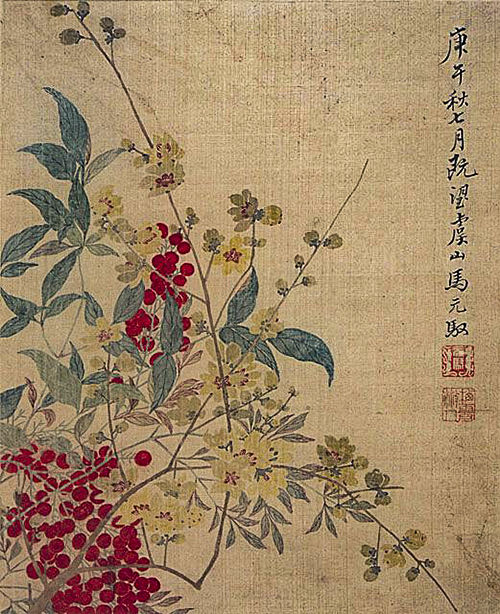
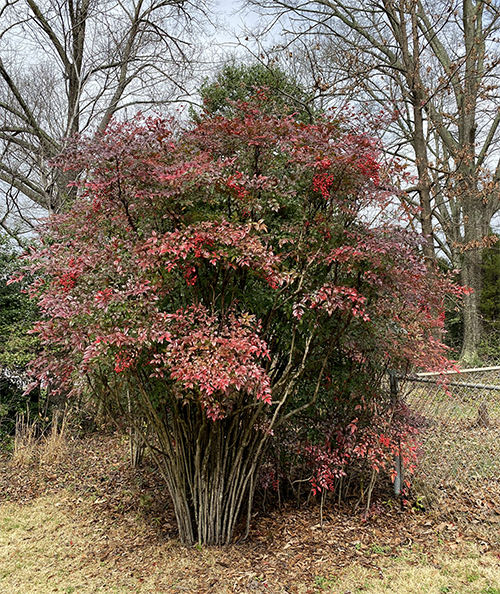

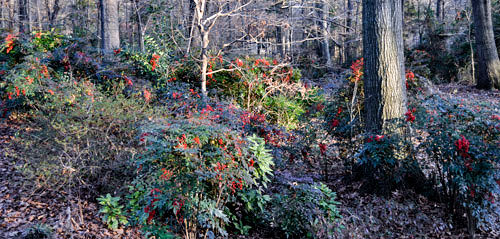


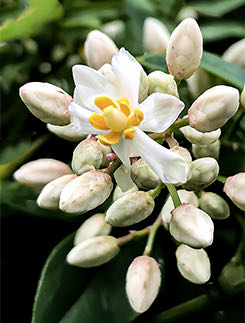 Barberry blossoms are generally yellow but in the case of Nandina are pinkish to bright white; they occur in six- to 12-inch showy clusters of 10-50 flowers or more
Barberry blossoms are generally yellow but in the case of Nandina are pinkish to bright white; they occur in six- to 12-inch showy clusters of 10-50 flowers or more 
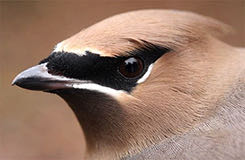 a poison that can cause death within a few minutes after berries are ingested. And who might consume Nandina fruit? Among others, songbirds such as Northern Cardinals, Eastern Bluebirds, American Robins, and Northern Mockingbirds are known to eat Nandina berries in the dead of winter after all the more edible and nutritious native fruits have been eaten. Of greater concern, however, are documented incidents of flocks of Cedar Waxwings
a poison that can cause death within a few minutes after berries are ingested. And who might consume Nandina fruit? Among others, songbirds such as Northern Cardinals, Eastern Bluebirds, American Robins, and Northern Mockingbirds are known to eat Nandina berries in the dead of winter after all the more edible and nutritious native fruits have been eaten. Of greater concern, however, are documented incidents of flocks of Cedar Waxwings 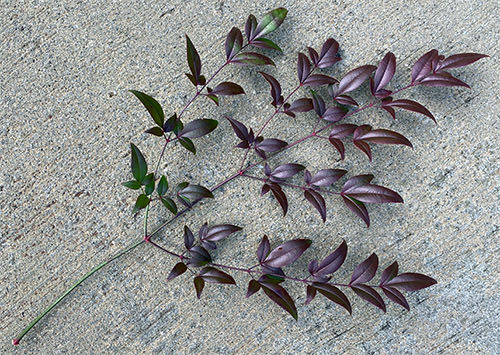




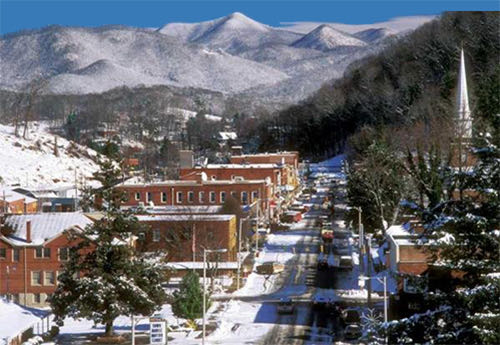
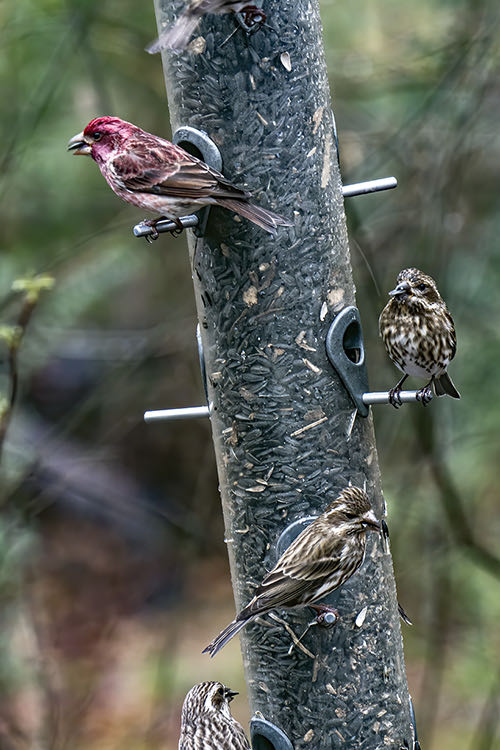
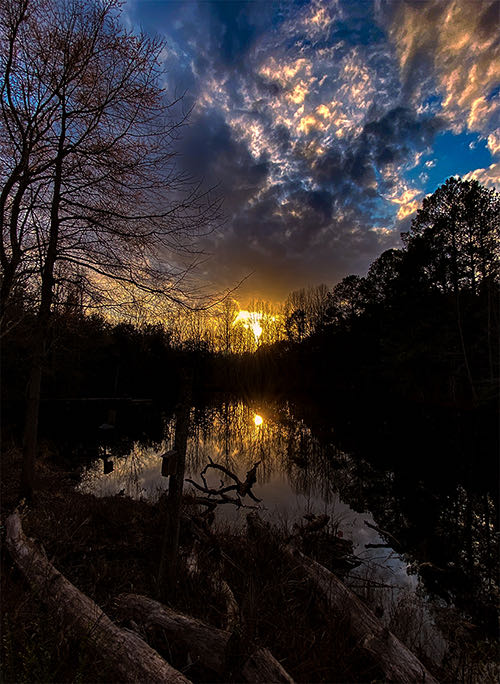









 Oct 15 to Mar 15:
Oct 15 to Mar 15: